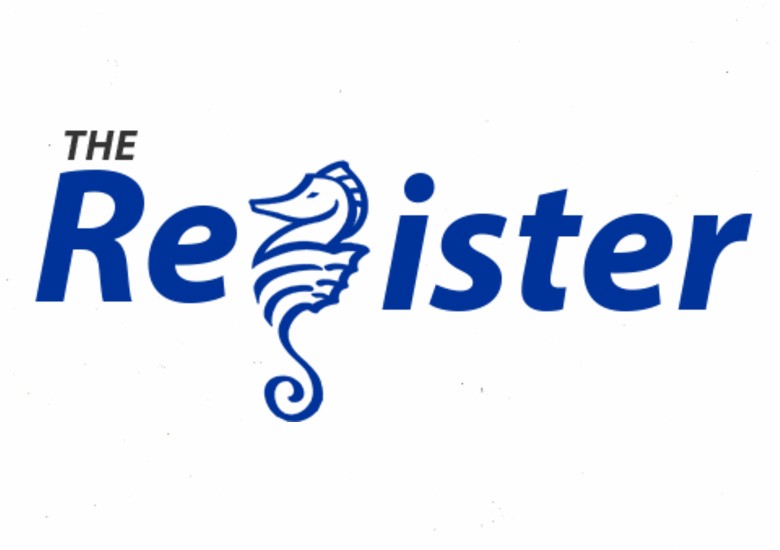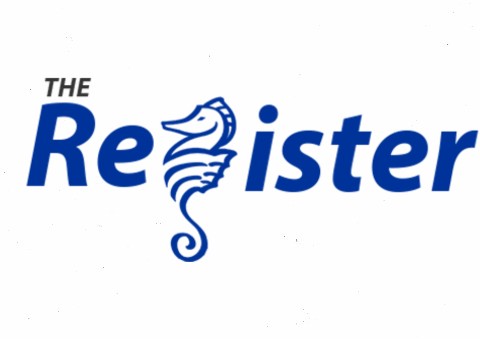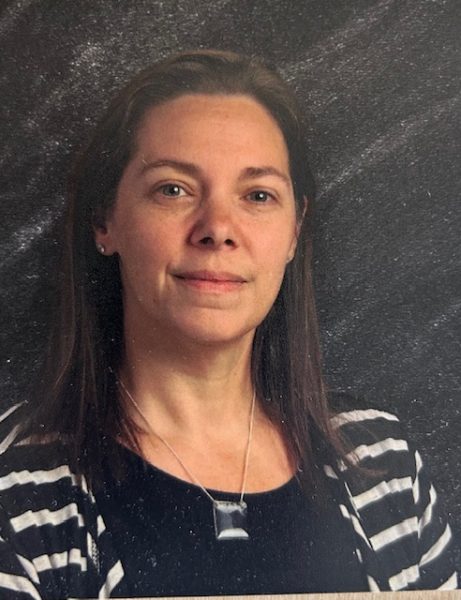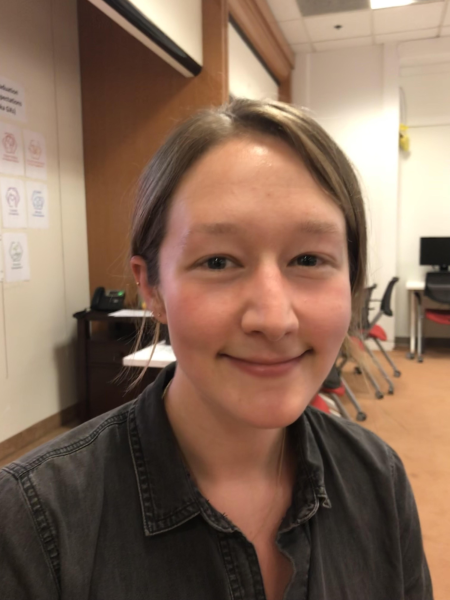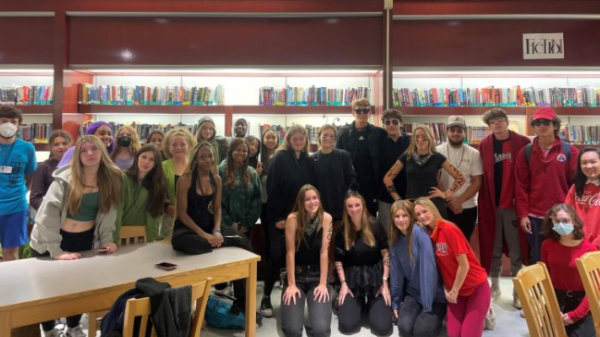Bridging the gap: multilingual liaisons bring communities together
November 18, 2021
On October 21, Nijaza Semic, the district Multilingual Liaison Coordinator, walked into room 233 ready to start her day. Within minutes, multilingual liaisons approached with questions, parents called and when she opened her inbox, she found more work to be done. This was not an unusual day. The multilingual liaisons at BHS perform a host of jobs. These include meeting with families to discuss classes and coursework, translating district information and connecting people to services inside and outside the school.
“My job is so rewarding because I am constantly helping people,” Semic said. “The word [liaison] alone is a bridge.”
At BHS, 29.7% of students speak a total of 30 languages other than English. For this reason, 10 full-time liaisons work in the Burlington School District and provide services to support communication. They speak and translate information into Vietnamese, Somali, Nepalese, French, Swahili, and Burmese. The district also contracts 24 interpreters to help students who speak other languages.
“You want to be equitable,” Semic said. “You want all of your families to receive the same messages just as monolingual families do.”

Semic said her position functions as a bridge not just between languages but between cultures. Each country establishes its own education system; graduation requirements, homework policies, and extracurricular activities can all vary between countries. The differences can cause confusion for immigrant families.
“I want to help families understand the American education system so they can be involved in their children’s education,” Semic said.
Due to the nature of their job, the multilingual liaisons at BHS are often involved in students’ personal matters. For example, when students misbehave in the classroom, the multilingual liaisons are responsible for calling home. They also connect with families in need of food, clothing or other resources.
The liaisons must establish trust with students and families, so they feel comfortable speaking with the liaisons when an issue arises. Vietnamese liaison Son Do said he does so by showing reliability: a sign of respect in Vietnam.
“Sometimes people call at midnight,” Do said. “Are you there to help them? This is our culture.”
Multilingual liaisons also converse with students in casual social settings.
“We attend weddings, gatherings, and religious events where we see students,” Semic said. “We always interact and try to get a positive message across.”
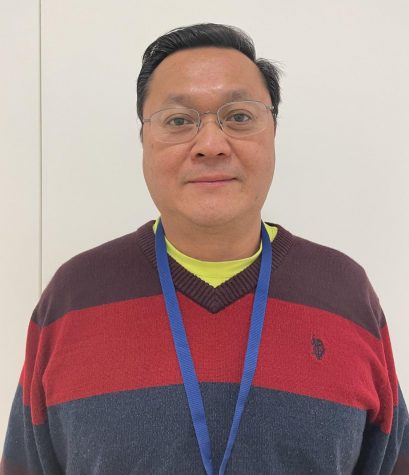
For many of the multilingual liaisons at BHS, their interest in their profession stems from personal experience. Nepalese liaison Bhumika Baral traveled to the United States at 19 and can relate to many of the students with whom she works.
“Even being familiar with English, I had nervousness and anxiety about what I was going to say,” Baral said. “There were times when I felt like if I knew more, I could communicate more effectively.”
Do contrasted his own schooling with that of his students at BHS.
“I teach students they need to work hard to be successful,” Do said. “They have all the resources. They have everything already when they are born [in the United States]. Back home [in Vietnam], we do not have everything.”
The liaisons who spoke with the Register all shared passion for their work.
“Many kids call me back after they graduate from college,” Do said. “They say, ‘thank you. Without you, it would have been hard for us.’ That makes me happy.”

